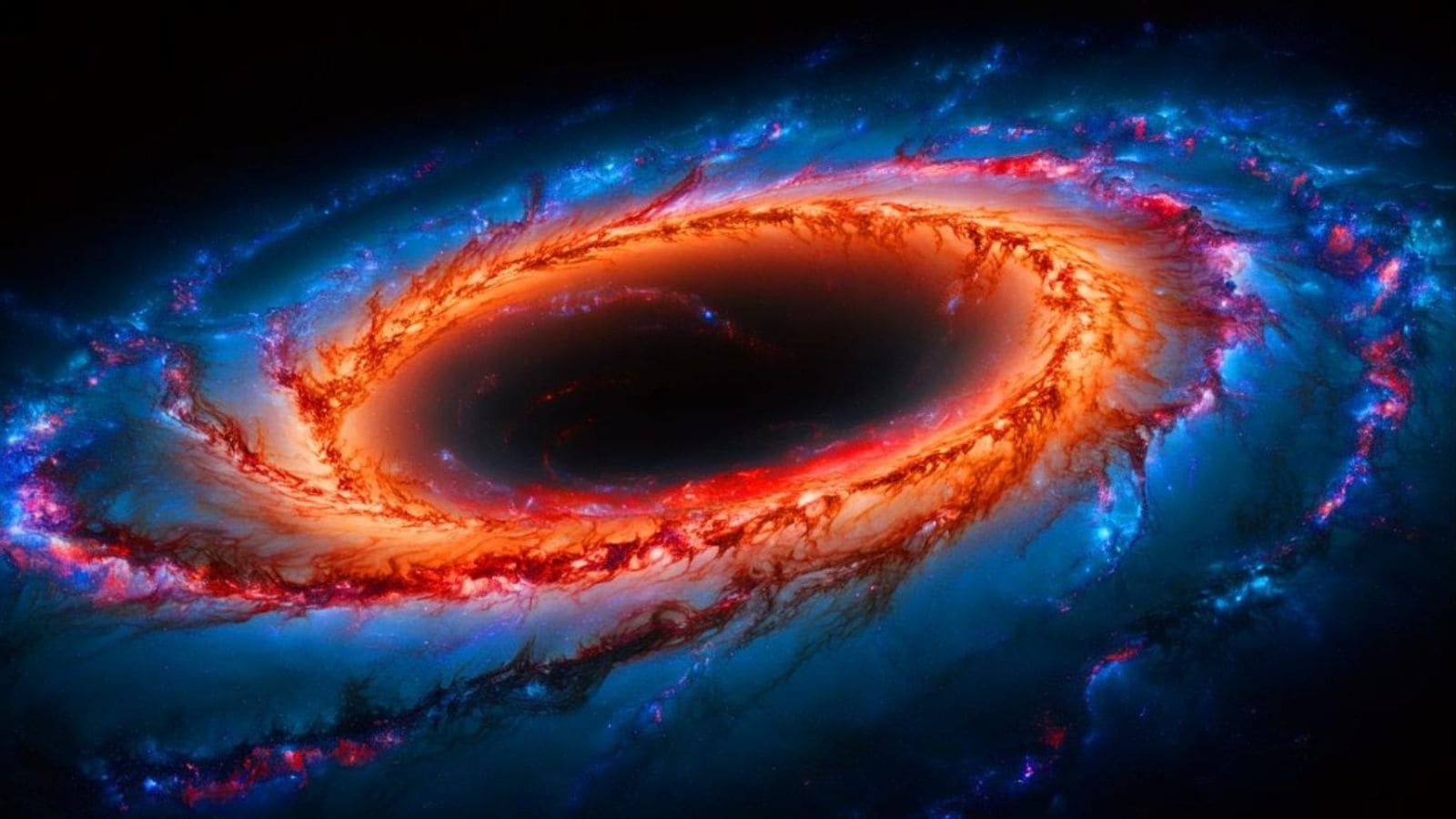The wonders of space continue to amaze scientists and space lovers alike. A new discovery using NASA’s James Webb Space Telescope has generated new excitement and curiosity among the scientific community. It suggests that the universe might be inside a huge black hole, making researchers rethink what they know about the universe and how it began.
In a new study, researchers at Kansas State University found a surprising pattern in how galaxies spin. Using images from the James Webb Space Telescope, they studied 263 old galaxies, some of them from 300 million years after the Big Bang. They discovered that about 60 per cent of these galaxies spin clockwise, challenging the previously held belief that galaxy spins were random.
The fact that many galaxies spin the same way is a big discovery. It could mean the universe has more order than was initially thought. This finding may lead scientists to new ideas about how the universe was formed. It also suggests that something might have caused many of these galaxies to spin in the same direction.
Furthermore, the hypothesis that our universe might be inside a black hole could deeply change how we understand space. It challenges current theories about the origins of the universe, its design, and how it might end. If proven true, scientists would need to rethink fundamental ideas about our universe and create new models in order to explain how the universe came to be in this situation.
This discovery also shows why it’s important to keep exploring space. As we improve tools like the James Webb Space Telescope, we get closer to amazing new discoveries about the universe. The search to understand how the universe really works pushes scientists to learn more and question what we know about reality.
One possible limitation of the study is observational bias, like the Doppler effect, which can change how we see galaxy movement. This might mean that the scientists will need to adjust the James Webb Space Telescope to get more accurate results. If this is right, the way galaxies seem to spin might not prove to be a real pattern in the universe. It could just be an indicator of how hard it is to make accurate space observations.
© IE Online Media Services Pvt Ltd





Average Rating